- The Beijing Free Trade Zone has achieved remarkable results, and the connection with the Belt and Road has achieved results

On April 13, 2022, the Beijing Enterprise International Operation Research Base of the University of International Business and Economics and the Social Sciences Literature Publishing House officially released the 2021 "Report on the Overseas Development of Chinese Enterprises" in Beijing, pointing out that the establishment of the Beijing Free Trade Zone and the Belt and Road Initiative Both are serious measures for my country to deepen reform and expand opening up. In the context of the normalization of the prevention and control of the new crown pneumonia epidemic, Beijing enterprises, as the main force of investment in the joint construction of the Belt and Road countries, are facing new challenges and opportunities.
The report proposes that China needs to accelerate the establishment of the Beijing Free Trade Zone by promoting the establishment of basic facilities in the free trade zone, accelerating the innovation and replication of the free trade zone system, and establishing a unified coordination and docking mechanism. Form a new pattern of comprehensive opening up.
The report pointed out that Beijing enterprises need to continue to strengthen investment cooperation with countries and regions under the Belt and Road Initiative in existing areas, promote economic recovery in various countries through investment, promote the process of regional economic integration, and promote and jointly build countries and regions in the Belt and Road Initiative in electronics. Investment cooperation in the commercial field, expand investment cooperation in new fields such as scientific research, service industry, and digital economy, and strive to maintain the fundamental stability of the global supply chain.
The establishment of the Beijing Free Trade Zone will promote the introduction of Chinese ideas
On December 6, 2021, Beijing officially released the "Beijing Action Plan for Promoting High-quality Belt and Road Development (2021-2025)" (referred to as the "Action Plan"), proposing that Beijing will serve and integrate into joint construction during the "14th Five-Year Plan" period. The overall purpose and main tasks of the Belt and Road Initiative constitute a list of 89 tasks in six areas.
According to the "Action Plan", during the "14th Five-Year Plan" period, Beijing will aim at high standards, sustainability, and people's livelihood, focusing on innovation, digital, green, and the establishment of the Ankang Silk Road, to create international exchanges and scientific and technological cooperation. , economic and trade investment, people-to-people exchanges, and comprehensive services, and strive to achieve a higher degree of cooperation, higher investment efficiency, higher supply quality, and higher development resilience. All the way to high-quality development to make Beijing contribution.
The Action Plan clarifies the overall purpose and main tasks of Beijing's service and integration in the joint construction of the Belt and Road during the "14th Five-Year Plan" period, and also clearly shows the characteristics, advantages and positioning of Beijing's participation in the joint construction of the Belt and Road. It is worth noting that, in addition to "innovation" and "digital", the "green" and "ankang" Silk Road has become the focus of Beijing's joint construction of the Belt and Road. And "ankang" also has the meaning of guiding direction. "Green" expresses the comprehensive consideration of ESG value, and "Ankang" expresses the concern for the common well-being of mankind such as Ankang and people's livelihood under the new crown epidemic. In practice, this also reflects China's role and mission as a major country in the joint construction.
According to the "China (Beijing) Free Trade Experimental Zone Master Plan" issued by the State Council on September 21, 2020, the strategic positioning of the Beijing Free Trade Zone is "a scientific and technological innovation center with global influence, a pioneer area for service industry expansion and opening, and a digital economy. Experimental area, a high-level opening platform for the coordinated development of Beijing-Tianjin-Hebei.” The proposition of this strategic positioning is inseparable from Beijing's capital positioning, as well as the policy orientation and endowment advantages of Beijing's industrial development.
From the perspective of capital positioning, Liu Siyi pointed out that Beijing's strategic positioning is "four centers". As the political center of China, Beijing plays a strong demonstration effect and leading role in national cultural awareness promotion, international trade and investment. As the center of China's international exchanges, Beijing has close domestic and international exchanges. It is an important hub for interconnection and has a huge radiating effect. As the center of Chinese culture, Beijing is the center and leading area of international cultural exchange, cultural industry inheritance and innovation. As China's science and technology innovation center, Beijing is in the leading position in the country in the fields of digital economy and financial innovation. In addition, Beijing is the largest economic center and transportation hub in northern China, and plays an important supporting role in the connection between the Belt and Road Initiative and the "Free Trade Zone" in the region and the whole country.
From the perspective of industrial development, Liu Siyi pointed out that Beijing has advantages in service industry, digital economy, technological innovation, headquarters economy, and cultural industry. Beijing's service industry accounts for more than 80% of GDP, and it has reached the level of a developed city in the world. The digital economy is already one of the ace industries in Beijing. Beijing aims to build a national digital economy development pilot area and demonstration area. Beijing is also one of the top ten scientific and technological innovation centers in the world, with unicorn companies accounting for nearly half of the country, and the number of artificial intelligence companies and patents ranking first in the country. Beijing has the number of Fortune Global 500 headquarters companies ranking first among global cities for six consecutive years. The headquarters economy has played an important supporting role in leading innovation, radiating and expanding and opening up. In addition, cultural trade and cultural creativity are also advantageous industries in the Beijing Free Trade Zone.
"Beijing's capital positioning and advantages in the above-mentioned industries make the Beijing Free Trade Zone have distinct Beijing characteristics: one is to lead and support at the same time, and the other is to separate modern and traditional." Liu Siyi believes that in the fields of digital economy and modern service industry, Beijing has the advantages of promoting China's standards and China's plan to "come in" - the former is supported by technical foundations and industrial policies, and the latter is supported by industrial agglomeration and mature experience.
Beijing enterprises have common advantages in participating in the joint construction of the Belt and Road
The Beijing Free Trade Zone was officially unveiled in September 2020, which started later than the previous batches of free trade zones. Nevertheless, the report pointed out that the establishment of the Beijing Free Trade Zone has achieved outstanding results, and the connection with the Belt and Road Initiative has also achieved positive results.
In terms of economic and trade exchanges, the international business service area of the Beijing Free Trade Zone focuses on digital trade and international delivery and logistics industries, and takes the lead in cloud computing, big data, artificial intelligence, blockchain and other industries. The establishment of a currency experimental zone and a digital financial system, support for cross-border financing of enterprises in the zone, etc. In addition, Beijing is establishing a digital economy collaboration platform, such as the establishment of the Belt and Road Digital Economy Alliance or a big data center.
In terms of institutional recommendation and docking, in January 2020, the Daxing Airport Area of the Beijing Free Trade Zone released the first batch of 81 institutional innovation lists, covering giving the Daxing Airport Area more autonomy for reform, promoting the development of high-end high-tech industries, and improving fiscal, taxation and financial support. Five categories: policies, creating an attractive talent development environment, and promoting the coordinated development of Beijing, Tianjin and Hebei; in December 2020, the Daxing Airport Area released the second batch of 39 institutional innovation lists, covering airport development, biomedicine, and overseas business. There are six categories: district, digital economy, finance, and regional collaboration.
In terms of cultural exchange and docking, according to the overall plan of the Beijing Free Trade Zone, cultural trade and cultural creativity are the advantageous industries and the main task industries of the Beijing Free Trade Zone. In 2014, the National Foreign Cultural Trade Base (Beijing) settled in Beijing Tianzhu Comprehensive Bonded Zone Cultural Bonded Park, and the base established the Belt and Road Cultural Exhibition and Trade Center, which has signed agreements with companies from Switzerland, Nepal, Japan, Indonesia, Bangladesh, India and other countries. The cooperation agreement of the cultural exhibition trading hall (center) has been signed.
In terms of astronomical connectivity, Beijing Free Trade Zone, relying on its strategic positioning and location advantages, cooperates with the Capital Economic Circle, the North China Economic Circle and the Northeast Economic Circle, the Central Plains City Cluster and the Yangtze River Economic Belt, and runs through and coordinates other free trade zones from point to point. area, and build a strong fulcrum and bridgehead for the establishment of the Belt and Road Initiative. For example, in September 2019, the Langfang area of Beijing Daxing International Airport Airport Economic Zone, which was established at the same time as the opening of Beijing Daxing Airport, is an example of the coordinated construction of the Beijing Free Trade Zone and the Hebei Free Trade Zone.
Beijing enterprises have four major advantages in the process of participating in the joint construction of the Belt and Road: First, Beijing's "diplomatic role" in international exchanges is prominent, providing a good "endorsement" for Beijing enterprises to come in at a certain level. Second, Beijing has distinct advantages and characteristics in the fields of service industry, digital economy, technological innovation, headquarters economy, and cultural and creative industries. Third, as a national cultural center, Beijing can deepen cultural identity and mutual trust with the host country through cultural exchanges, and create a more harmonious investment environment and more diversified investment opportunities for Beijing enterprises to invest along the Belt and Road. Fourth, Beijing's superior geographical location makes Beijing and its surrounding areas have the advantage of centralized logistics, providing greater development space for Beijing enterprises to jointly build the Belt and Road national investment.
Up to now, the new crown pneumonia epidemic is still prevalent around the world. The virus mutates and spreads rapidly from time to time, posing a huge challenge for countries to fight the epidemic. The epidemic cannot be completely ended in the short term. In this context, with the help of the Belt and Road international cooperation platform, combined with the countries and regions along the route to fight the epidemic together, the Belt and Road will be forged into a "healthy road" to ensure people's lives and safety. Editor/XuNing
Comment
 Praise
Praise
 Collect
Collect
 Comment
Comment
 Search
Search


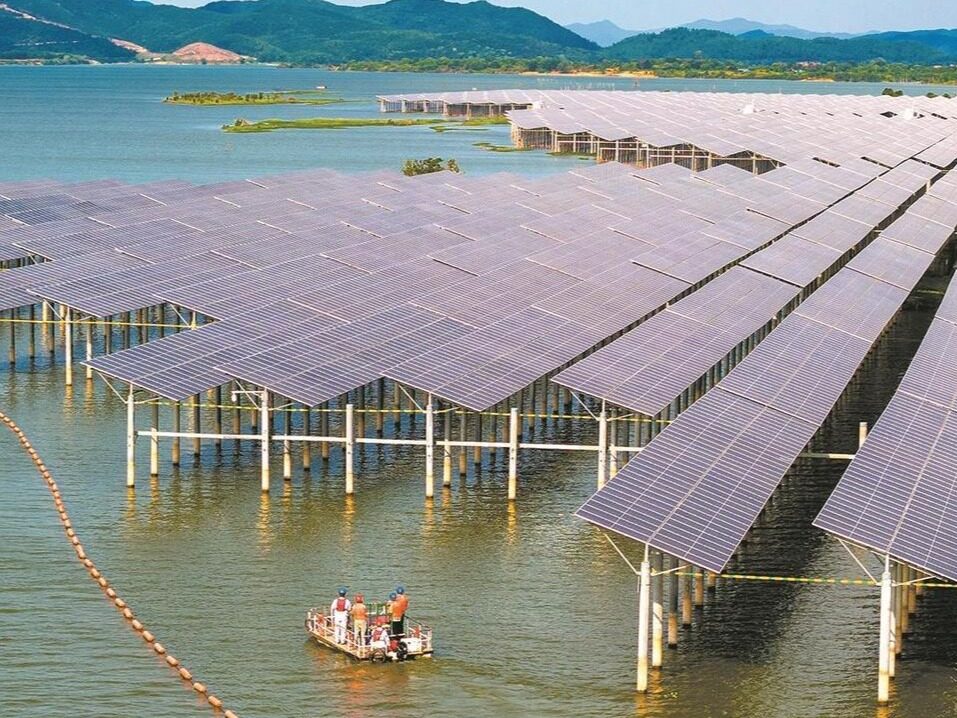
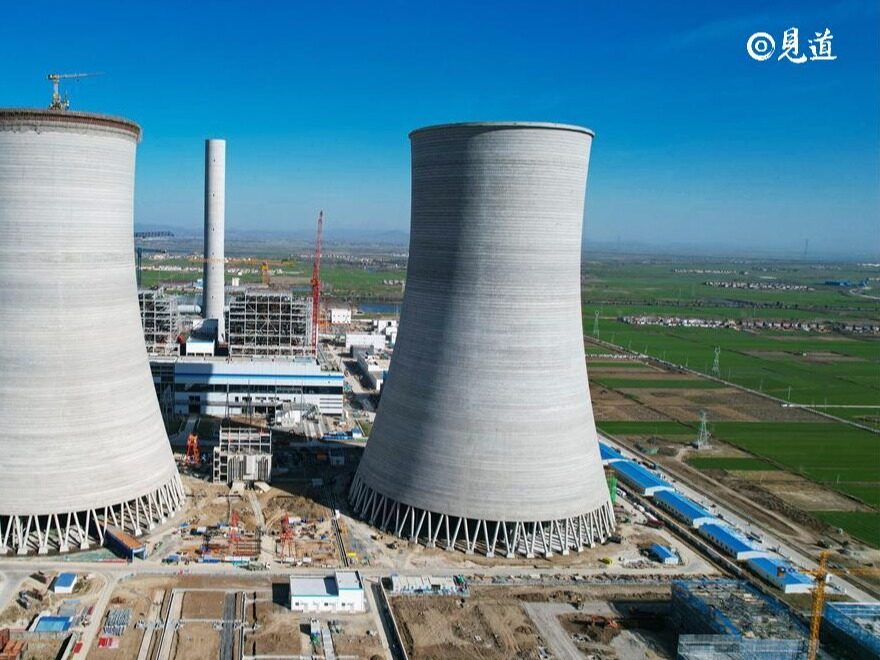
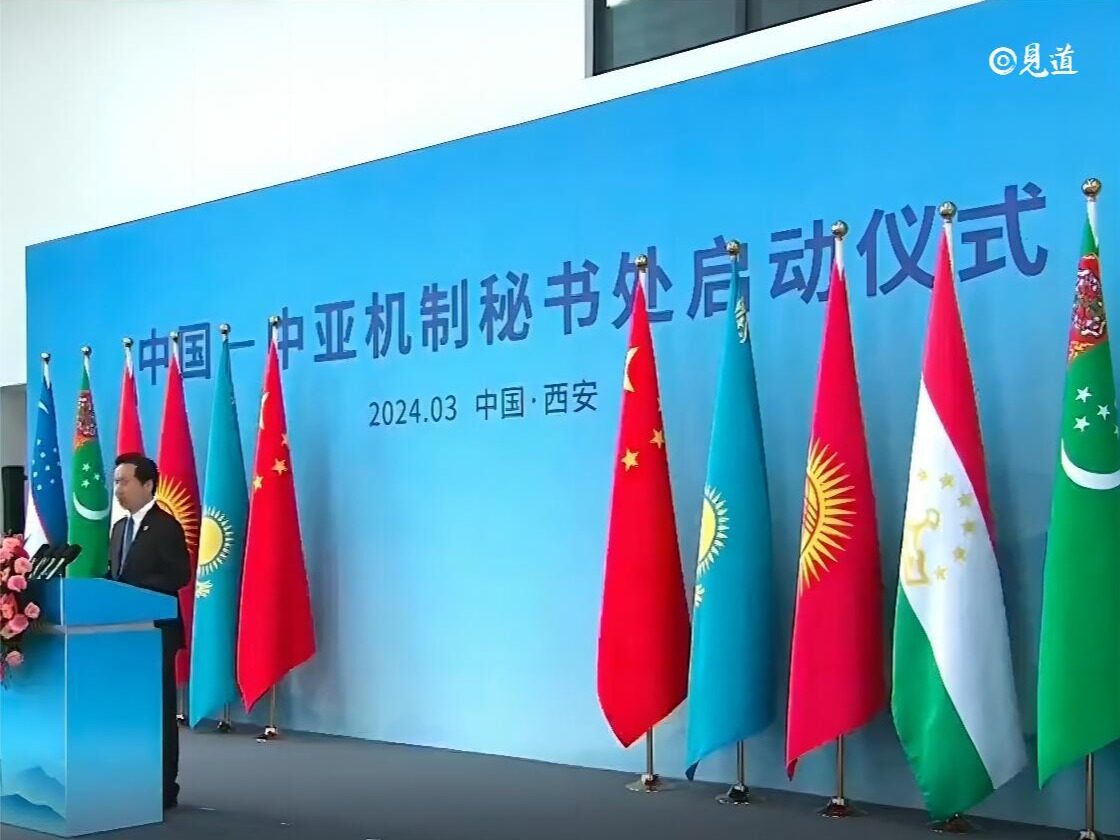
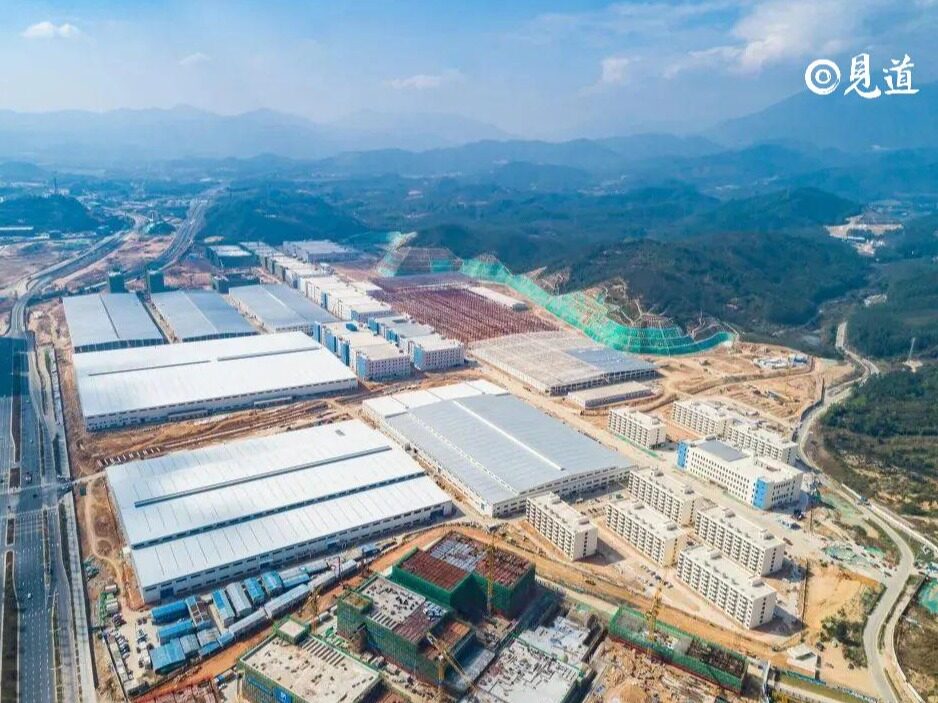

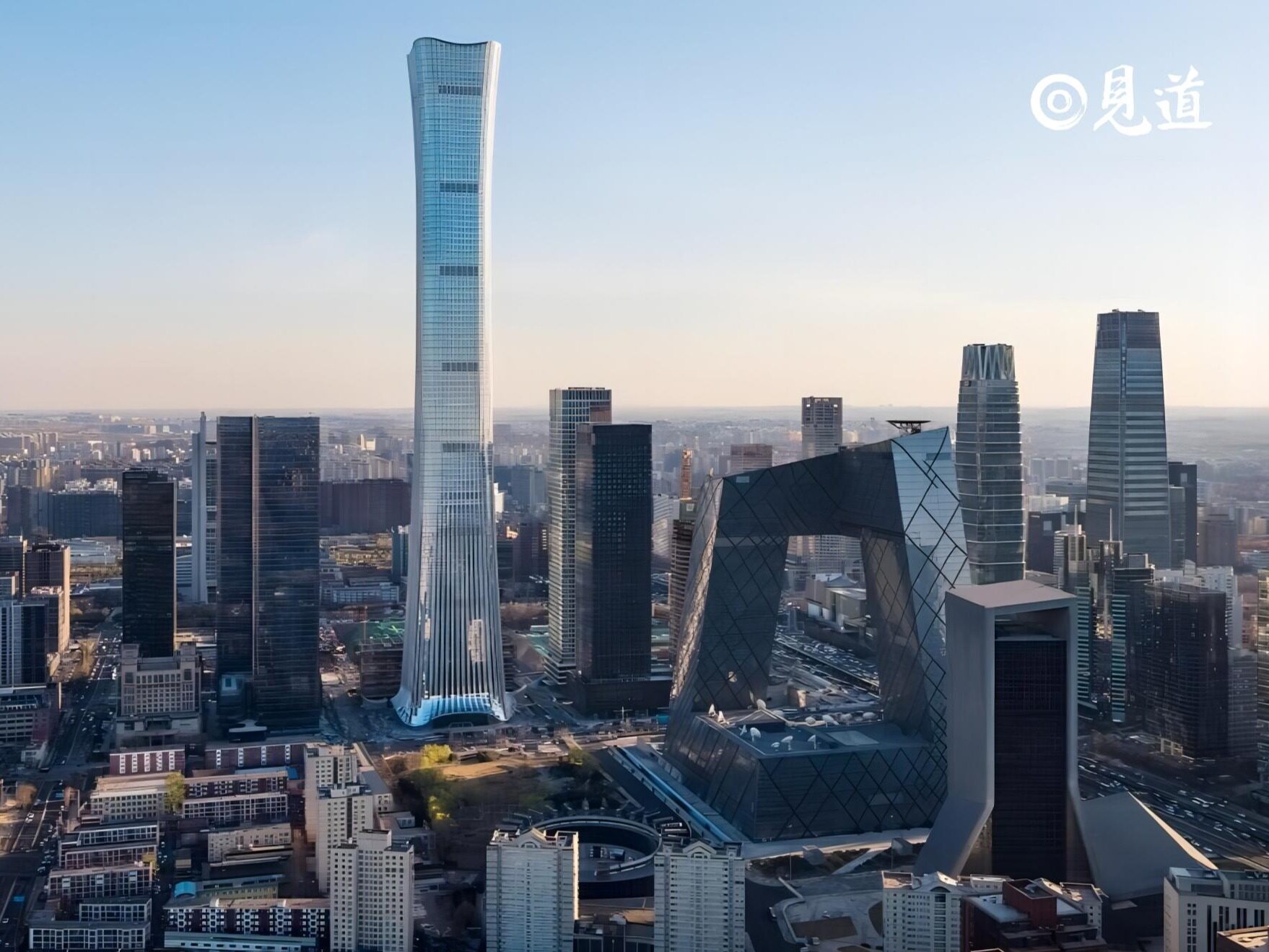






Write something~